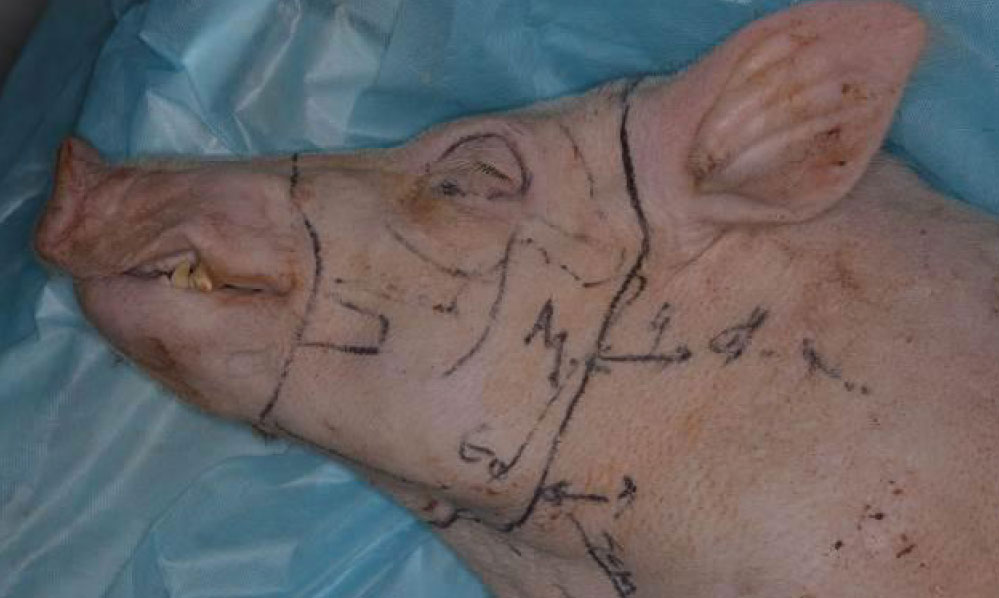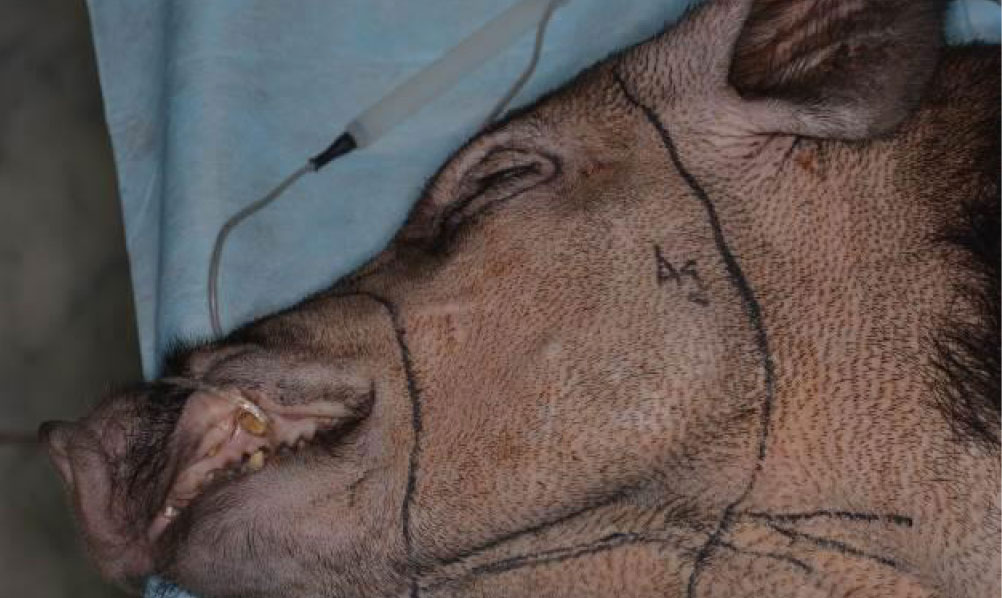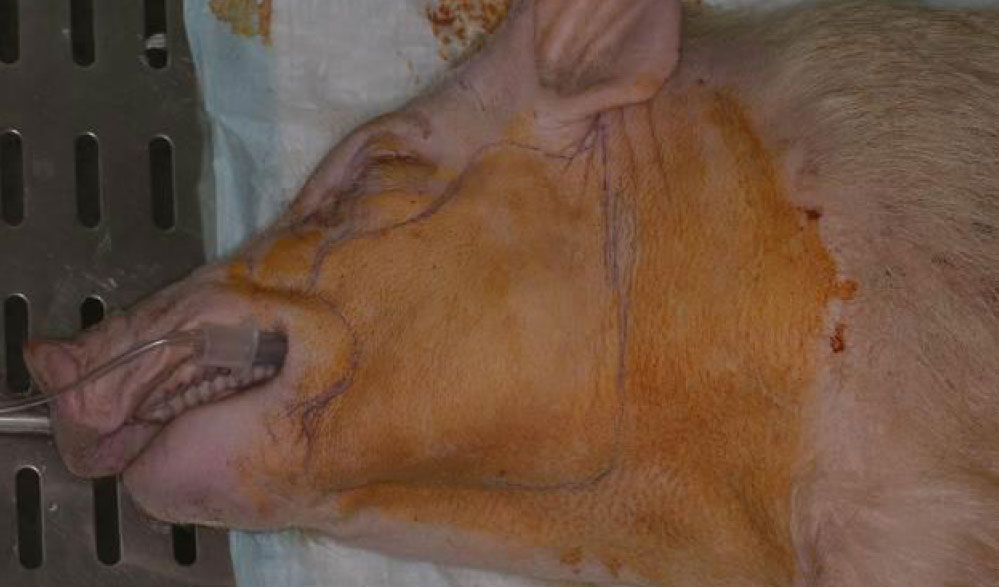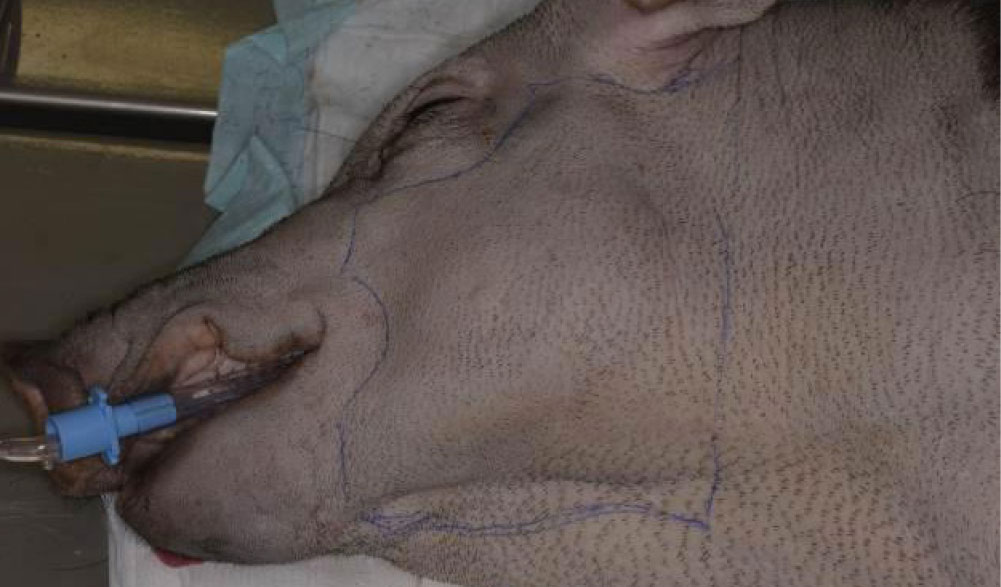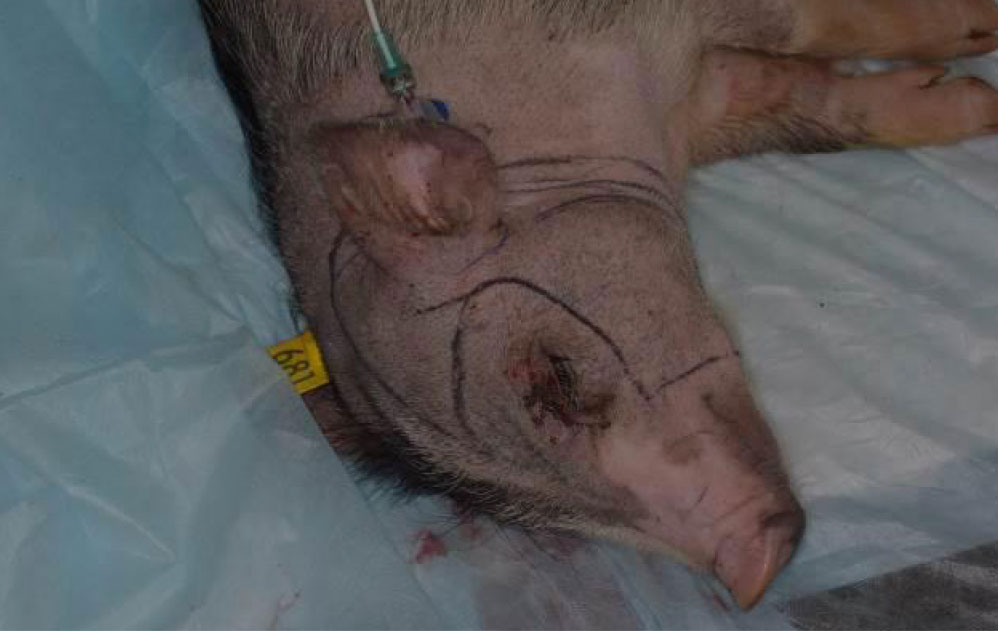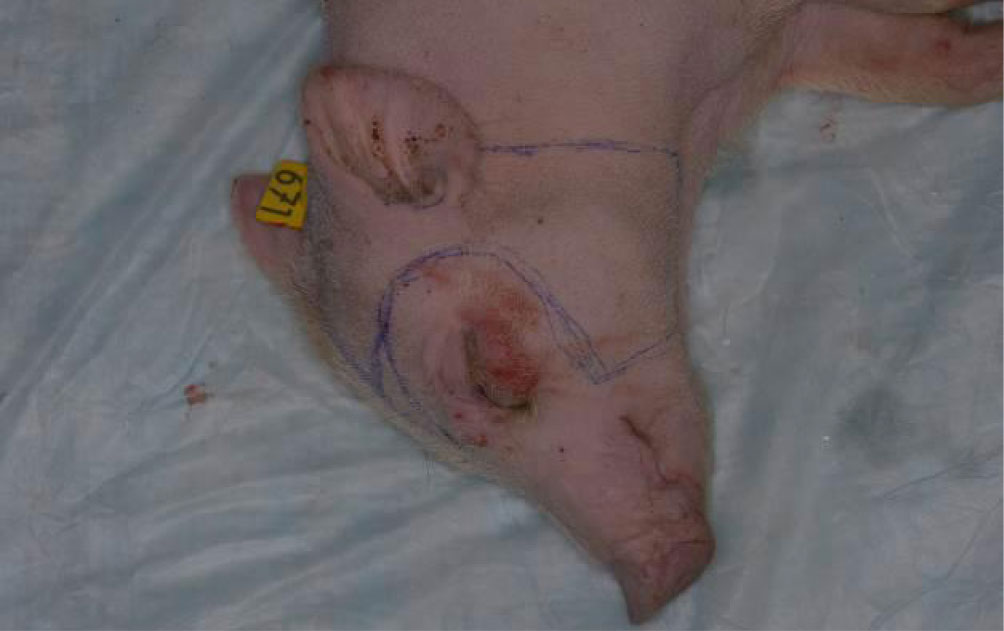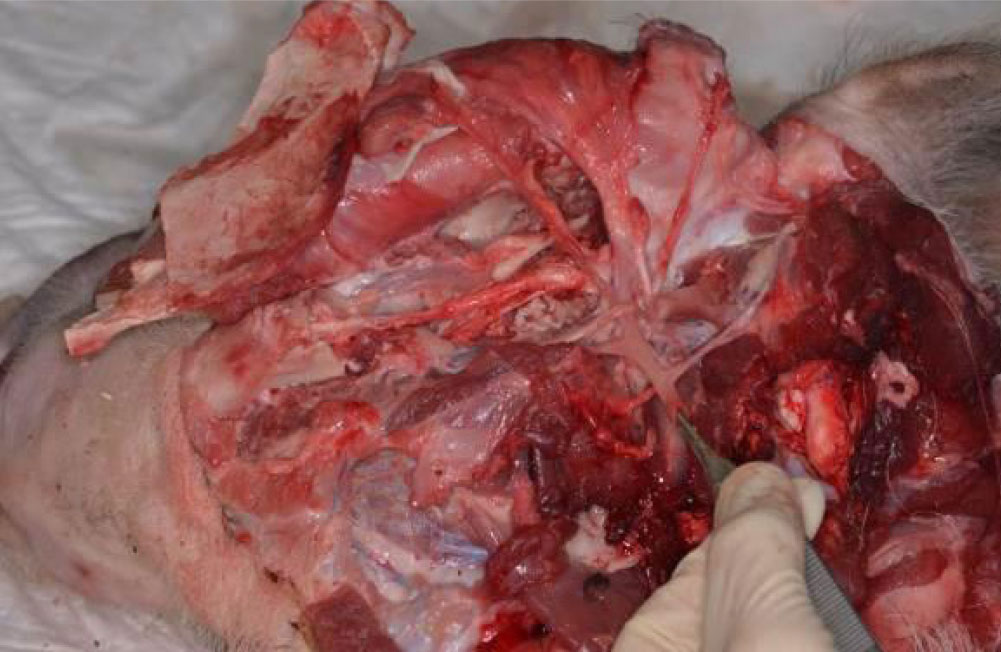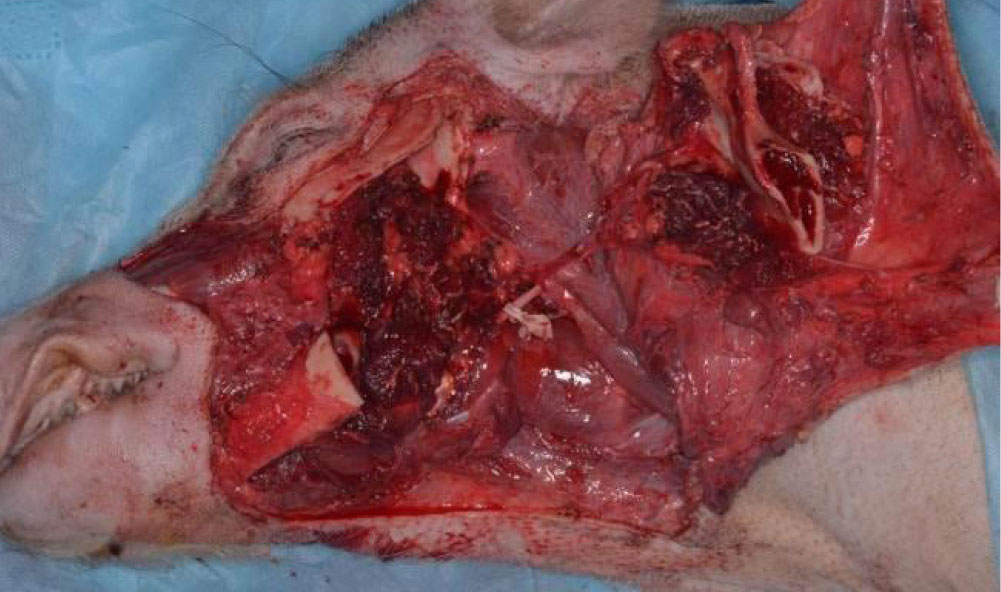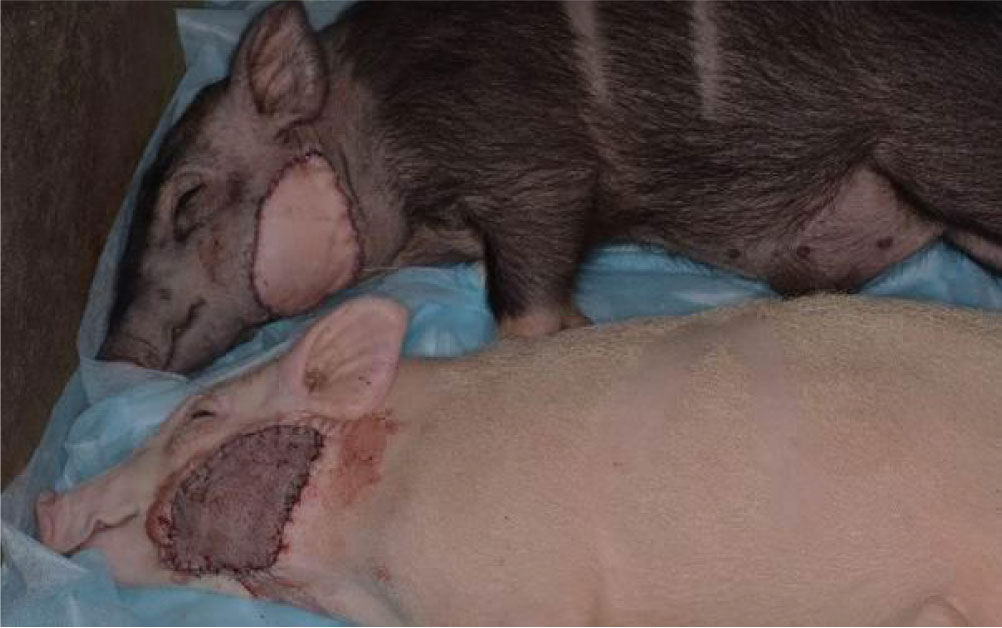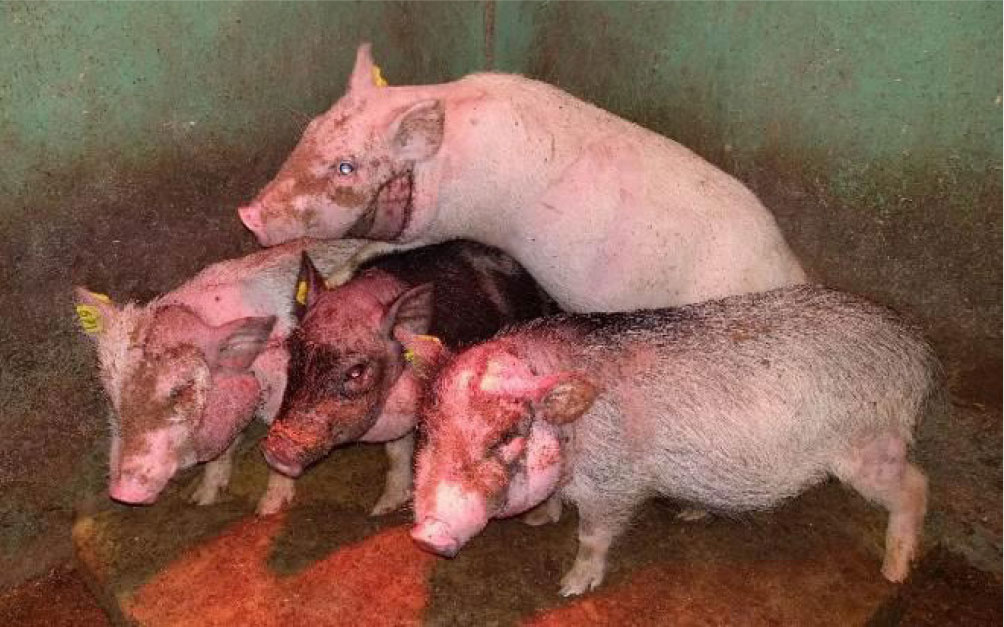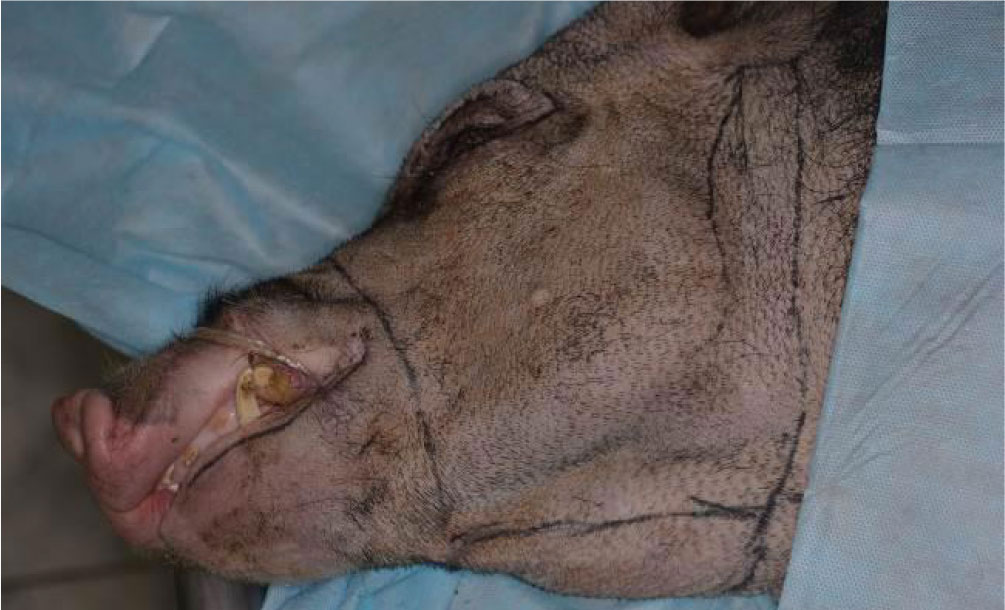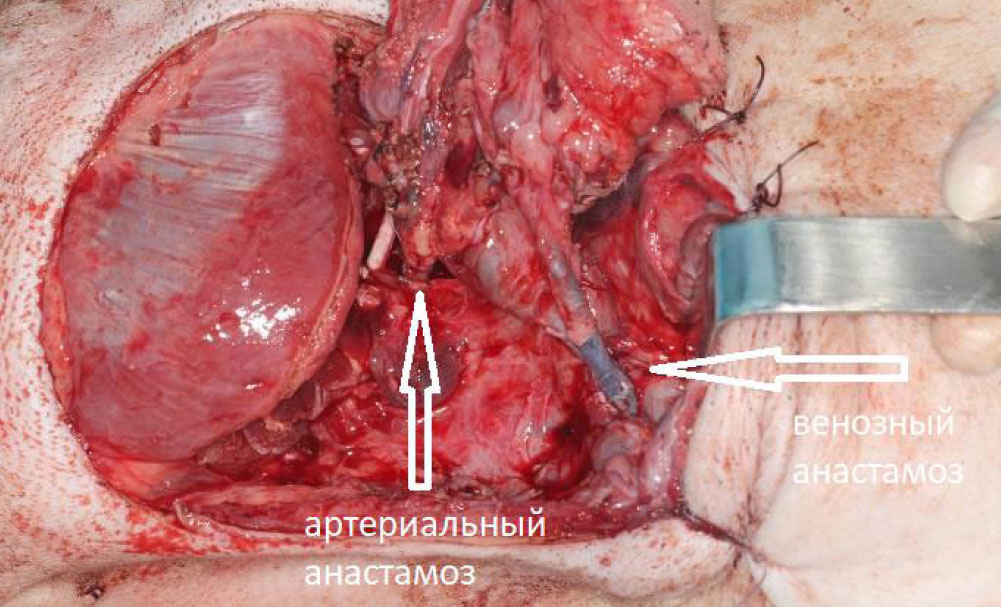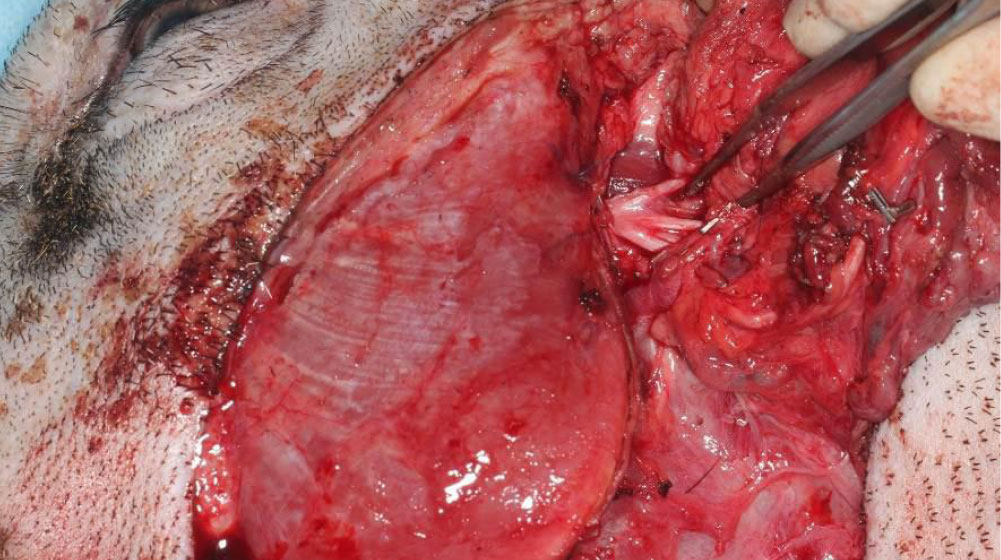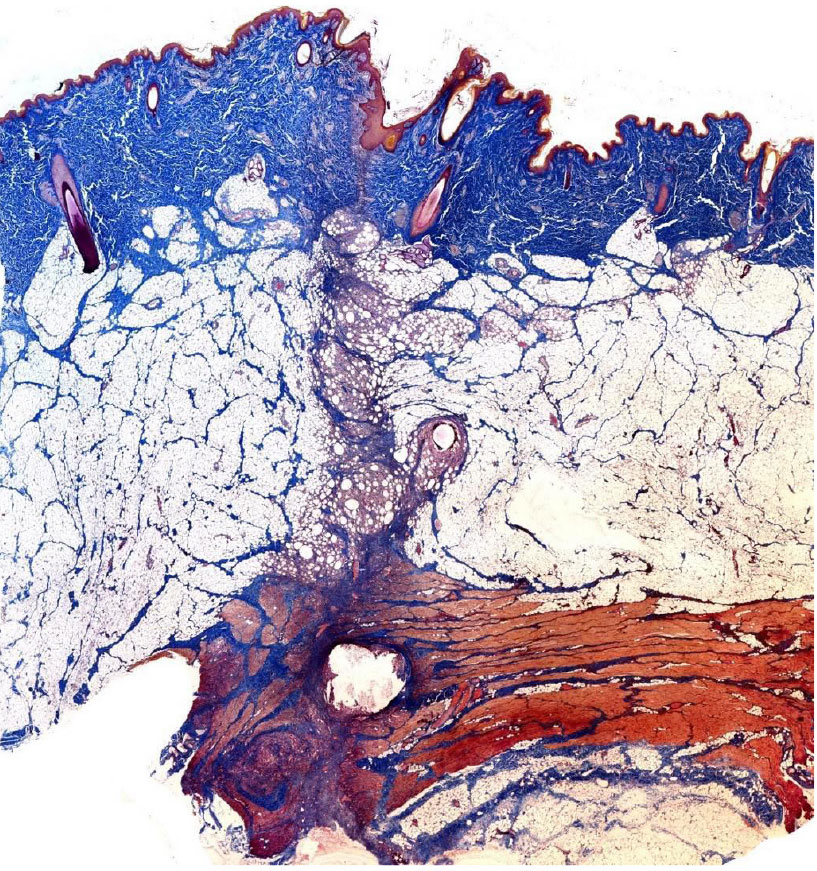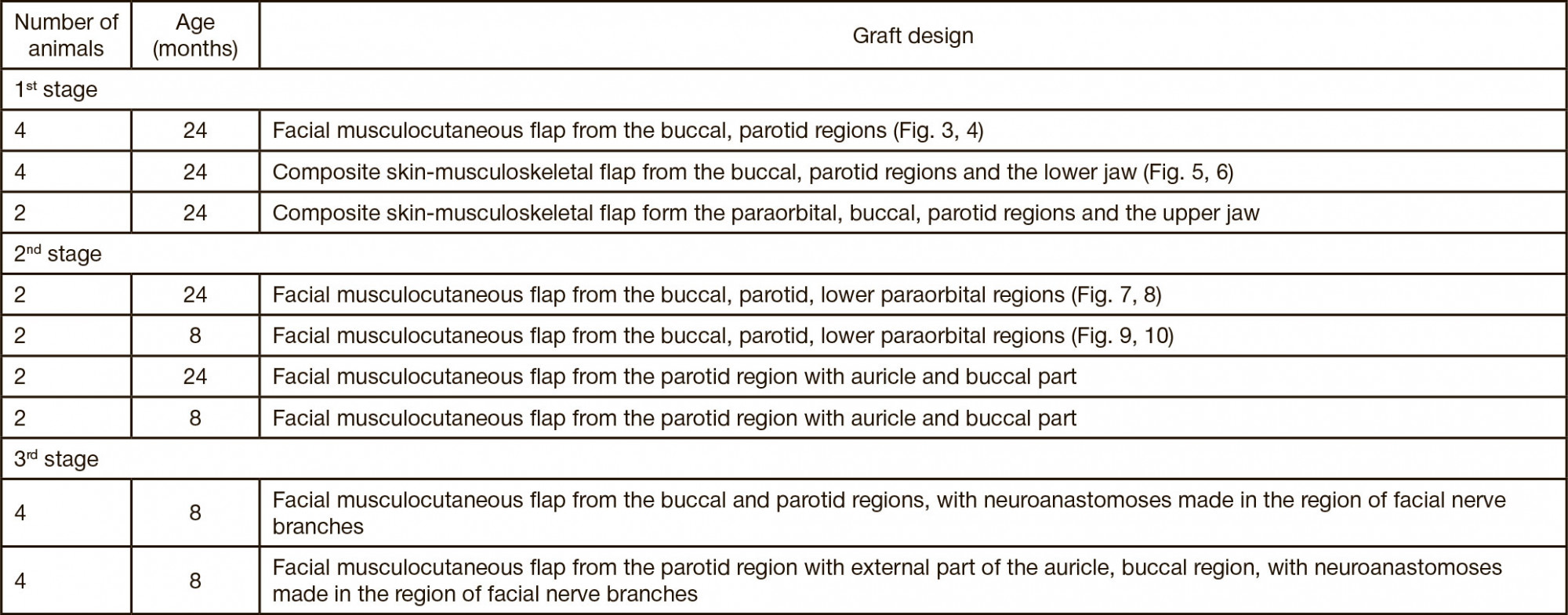
This article is an open access article distributed under the terms and conditions of the Creative Commons Attribution license (CC BY).
ORIGINAL RESEARCH
An experiment on biological objects: composite facial graft cross-transplantation
1 Federal Scientific and Clinical Center of Otorhinolaryngology under the Federal Medical-Biological Agency (FMBA) of the Russian Federation, Moscow, Russia
2 Petrovsky Russian Scientific Center for Surgery, Moscow, Russia
Correspondence should be addressed: Aleksey V. Batyrev
Volokolamskoe shosse, 30/2, k. 443, Moscow, 123182; ur.xednay@laicafoinarc
Funding: FMBA applied research, subject "Research of metabolic, morphometric and functional characteristics of tissues and organs after head and neck area surgery involving physical and laser-conversion digital technologies" ("ChLH-18").
Author contribution: Daikhes NA, Nazaryan DN — work organization, article editing; Gileva KS, Mokhirev MA, Lyashev IN, Zakharov GK, Fedosov AV, Potapov MB — participation in the experimental part of the work; Batyrev AV — participation in the organization and experimental part of the work, article authoring; Karneeva OV — participation in the organization of work.
Compliance with ethical standards: the living conditions of animals, care and all manipulations they were subjected to meet the experimental model research standards.
